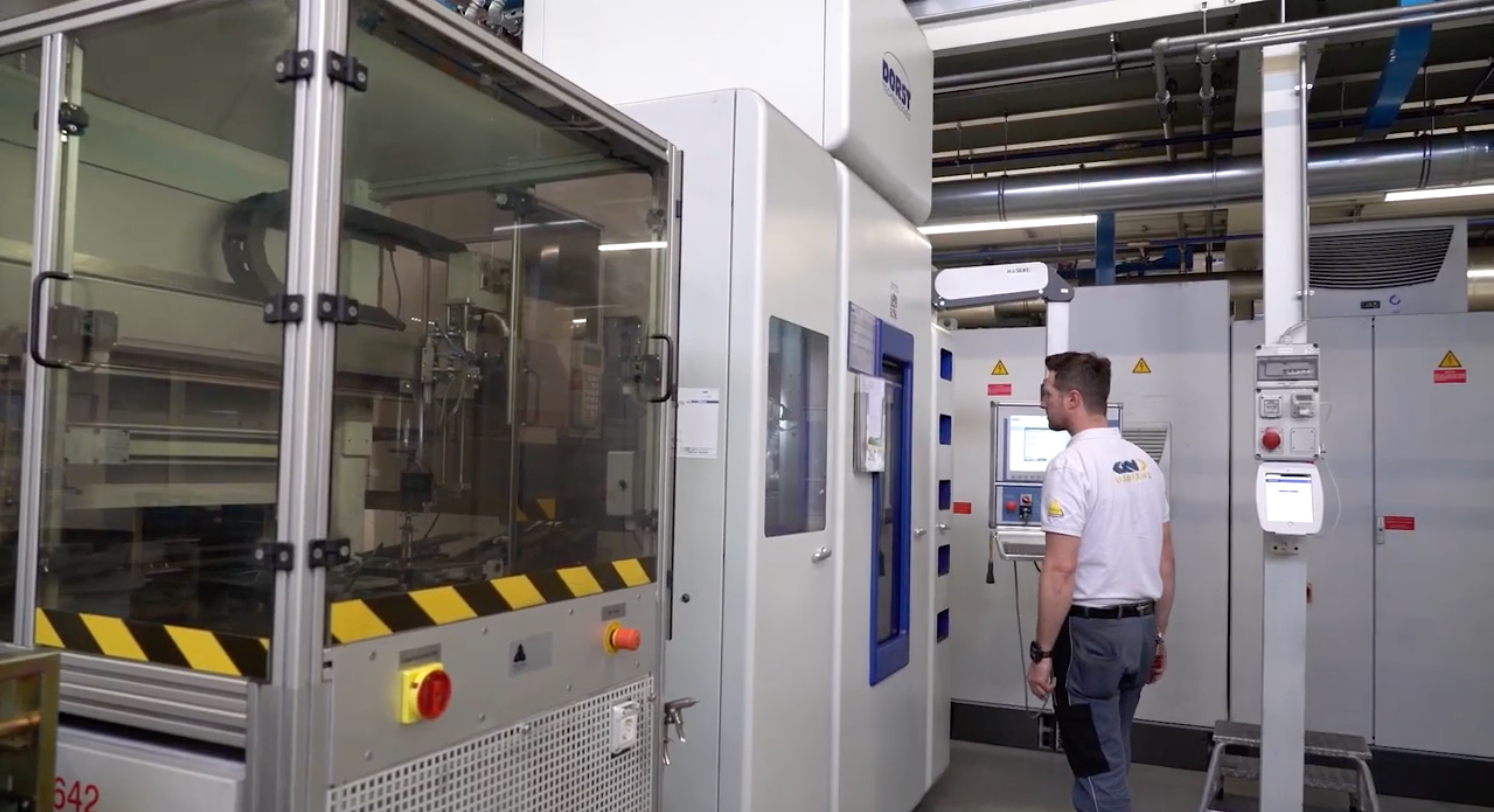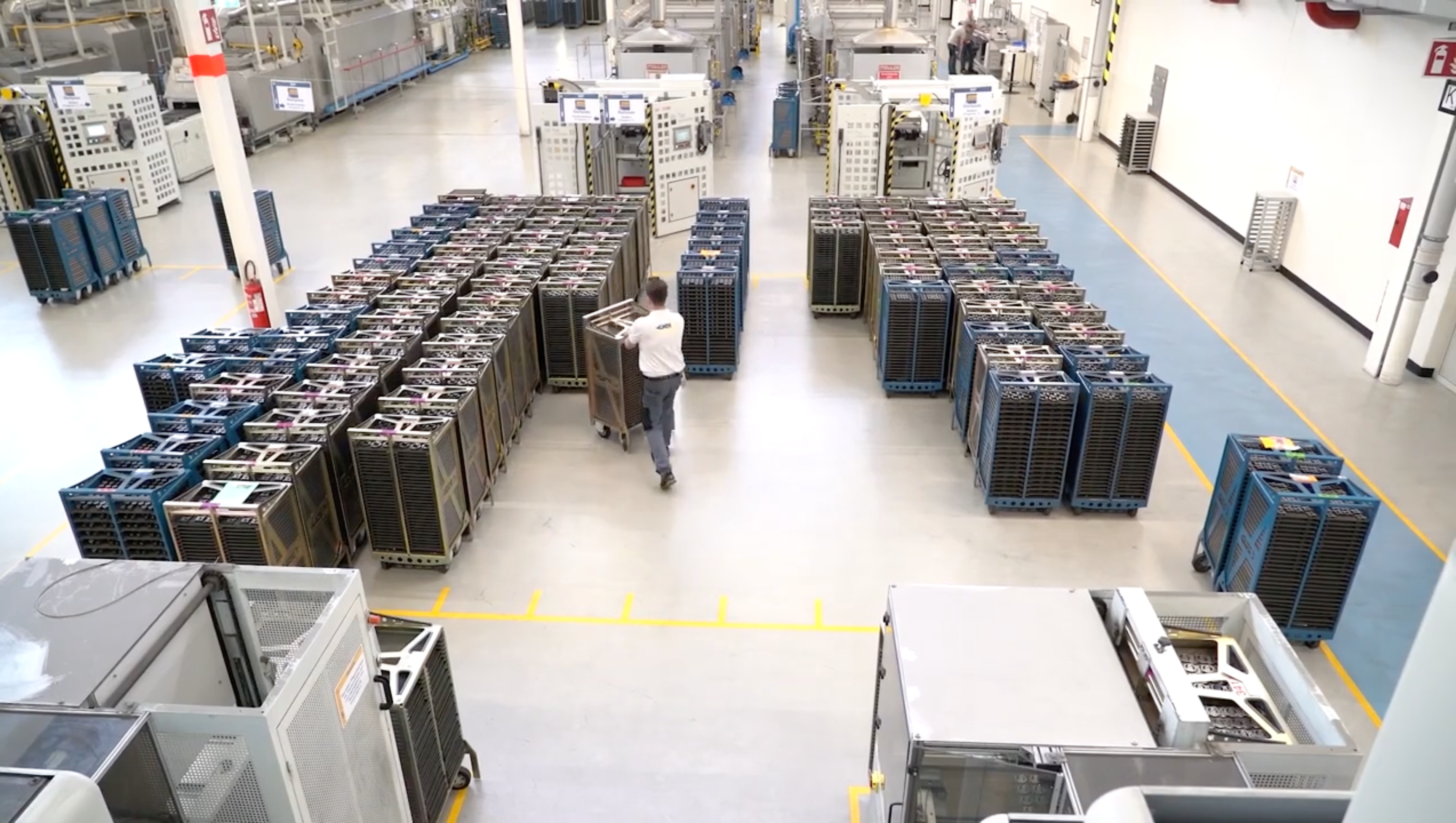In the fast-paced world of manufacturing, efficiency is the name of the game to stay ahead of growing competition and meet increasingly complex customer demands. One of the key principles in achieving efficiency in production processes is line balancing. Line balancing is a crucial concept in lean manufacturing that focuses on distributing and timing work evenly across assembly flow lines to eliminate bottlenecks and excess capacity. Balanced production lines mean increased productivity, reduced lead times, and considerable cost savings.
In this blog post, we’ll explore what line balancing means, why it’s important and how to implement line balancing with digital tools.
Why production line balancing matters
Imagine a manufacturing assembly line resembling a well-orchestrated symphony. In an ideal scenario, each station works harmoniously in sync, and the product flows seamlessly from one workstation to another. In reality however, what happens on the factory floor often deviates from this picture. Without proper line balancing, assembly flow lines can become disjointed, leading to several problems:
Inefficiency
Some stations may be overloaded with work, causing delays, while others sit idle waiting for product, wasting valuable resources and time.
Variability
Uneven work distribution can result in inconsistent product quality and production lead times – leading to customer dissatisfaction.
High labor costs
Overworked employees at certain stations may experience burnout, whilst underutilized frontline workers underperform – both unnecessarily hiking up labor cost
To overcome these challenges and optimize assembly flow lines, it’s essential to balance the line effectively. You’ve got ultimate production efficiency when all the musicians in your orchestra are playing in perfect symphony.
Balancing an assembly flow line
Let’s take a concrete example to illustrate the importance of line balancing. Consider a factory that produces automobiles. In this factory, the assembly line is unbalanced, resulting in bottlenecks at certain stations. As a result, cars spend longer durations at these bottleneck stations, leading to extended production lead times. Operators are kept waiting whilst some struggle to keep up the pace, unfinished cars are piling up between stations – wasting time, space and money.
To balance this assembly flow line, the following steps can be taken:
1 – Assess takt time:
takt time refers to the desired time “budgeted” to complete a unit of production. It serves as a benchmark for evaluating the line’s performance. In our car manufacturing example, the takt time might be 20 minutes per car.
2 – Collect data on the production process:
To really understand the current state of the assembly line, plant managers and line leaders need to gather data on cycle times, workstation capacities, and worker skill levels
3 – Identify bottlenecks and excess capacity:
Leverage that data to pinpoint bottlenecks where workstations take longer than the takt time, and areas with excess capacity where workstations complete tasks faster than needed.
4 – Optimize process sequences:
Rearrange the order of tasks to distribute work more evenly. In our car manufacturing example, you might shift some tasks from bottleneck stations to stations with excess capacity.
5 – Reassign resources automatically:
Use digital tools and automation to synchronize manual activities. For instance, you can automatically assign tasks based on worker skills and availability in real-time, or reassign underutilized operators to support an overworked station.
Workerbase Connected Worker Platform
Implementing line balancing can be complex, but with the right tools, it doesn’t have to be a headache. Solutions like Workerbase’s Connected Worker platform play a pivotal role in facilitating this process. Workerbase collects real-time data from frontline staff, machines and all your IT systems and provides insights on production processes that are crucial for effective line balancing. It feeds the continuous improvement loop.
Here are two concrete applications of Workerbase connected worker apps for line balancing:
1 – Task assignment:
The Connected Worker platform allows for the dynamic assignment of tasks based on worker skills and availability. For example, in our car manufacturing factory, when a bottleneck station is identified, the platform can automatically assign additional workers with the required skills to that station to reduce the backlog and maintain production efficiency.
2 – Real-time support calls
Workerbase’s platform also enables the setup of real-time support systems. For instance, if a worker encounters a problem at their station, they can request assistance through the platform, and the system can automatically alert the best person for the job – whether that’s a line supervisor, a colleague with a specific skill, or a maintenance engineer. This minimizes downtime, stops unnecessary movement of people around the shopfloor, and keeps the production line running smoothly
Production line balancing is at the heart of streamlined production operations
As we’ve seen, line balancing is a critical aspect of lean manufacturing that can have a significant impact on production efficiency, quality, and cost savings.
By assessing takt time, collecting production process data, identifying bottlenecks and excess capacity, and optimizing process sequences, you can achieve a more balanced assembly flow line. Leveraging digital tools like Workerbase’s Connected Worker platform makes the implementation of line balancing more effective and efficient. It takes just weeks to roll out your first truly digital production workflows, and the benefits are immediate.
Are you ready to embrace digital tools to simplify line balancing on your way to achieving lean, efficient, and cost-effective production? Contact us to request a demo call!




